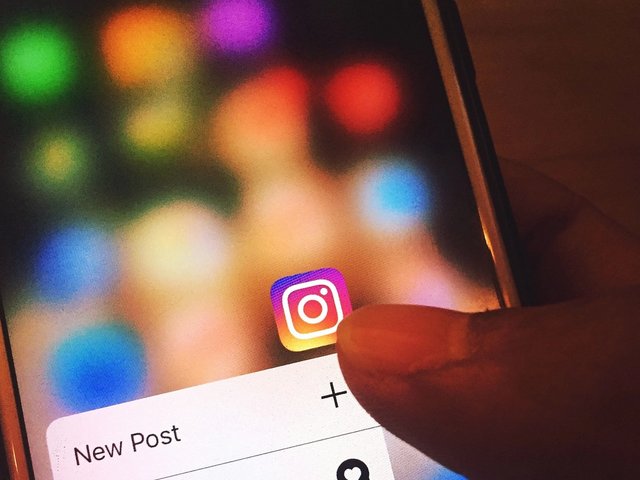When Kneecam No. 1, a video of a German raver at a techno music festival in Berlin, became an internet hit in 2006, its creator, Matthias Fritsch, found his career taking off. The curator and video artist gave lectures on the spread of ideas via the internet and created an installation and an online archive. The muscular, bearded raver was, however, less than happy, and filed a lawsuit claiming his privacy had been breached. In January, a judge recommended a settlement, but none has been reached and a further court date is expected later this month, according to Alexandra Hölzer, the artist’s lawyer.
The four-minute video, which would become better known as Technoviking, was first published online in 2001 but found fame after it was uploaded to the video site YouTube in 2006. More than 16 million people are thought to have viewed the original footage, which has inspired numerous copies and spin-offs, including comics and dolls.
Fritsch argues that he is not solely responsible for developing the character of “Technoviking”, and that the subsequent reinterpretations and marketing carried out by others were beyond his control. Nevertheless, he says that if he loses the case, he may have to refund some of his earnings and remove the video from the internet. “If artists are prohibited from using videos with pictures of people at public exhibitions, this would mean a substantial limitation to the freedom of art, which is a constitutional right in Germany,” Hölzer says. A spokesman for the subject (who guards his privacy strictly) could not be reached.
There are precedents for legal action taken against artists who have used images or footage of individuals without explicit permission. Although German law is concerned with the protection of an individual’s “sphere of life”, a number of cases in New York have called on a law that bans using a person’s name or likeness for the “purposes of trade”.
In 2000, for example, Charlotte Dabney, whose face features in Barbara Kruger’s work It’s A Small World But Not If You Have To Clean It, 1990, claimed that her privacy had been breached by the artist, the artist’s dealer Mary Boone and the museums that showed the work. The judge in the case, which also alleged a breach of a German photographer’s copyright, dismissed both claims. “The photo was art, not merely commerce, thus no violation [of privacy],” says Robert Clarida, the New York-based lawyer who defended Kruger.
The “Technoviking” case also demonstrates the risks created by the internet’s ability to change the size and scope of the audience for a work. “It’s an art video that wasn’t meant to go viral… back in 2000, who expected that video memes [an idea that spreads rapidly from person to person] would come into existence?” Fritsch asks.
There are ways to reduce the risks, says Shaun Spalding, the assistant director of New Media Rights, a non-profit organisation that provides advice for internet users. “Everyone has fun with memes, except the butt of the joke. One of our main concerns is ensuring that people who create memes understand what they can and can’t do with other people’s likenesses and work.” The organisation advises artists to ensure that they have sufficient permission, ranging from checking copyright to seeking consent from those featured (in the form of a waiver, if needed). “Requesting permission runs the risk of [it] being denied or [being] asked for compensation,” Spalding says. “But the other option is to potentially be sued, so when in doubt, ask.”
Originally appeared in The Art Newspaper as 'Artist sued by reluctant YouTube star '



